Research
Search our website
Search our website by entering a keyword or choose a database above to search specifically.
Search
Showing search results 11 - 14
14 results found

The Consolidated Pneumatic Tool Company, Limited. Marteaux boyer à buriner et à river. Brochure N° 5

The Consolidated Pneumatic Tool Company, Limited. Marteaux boyer à buriner et à river. Brochure N° 5

Shoeing hammer
The hoof hammer is a hammer (300-600 gr) with a round, flat face and split
pin that closely resembles the claw hammer (carpenter) but can still be
distinguished from it because its claw is usually shorter and more curved.
The farrier uses this hammer to nail the horseshoe - when it fits perfectly
on the hoof after several heatings and hammerings. The nails should be
hammered outwards so as not to hurt the flesh of the foot. The claws are
used to rivet the nails that protrude beyond the hoof. [MOT]

Search by shape
ID-DOC: search by shape








